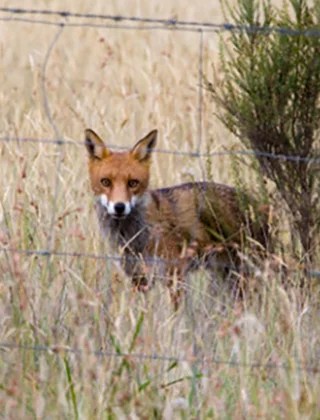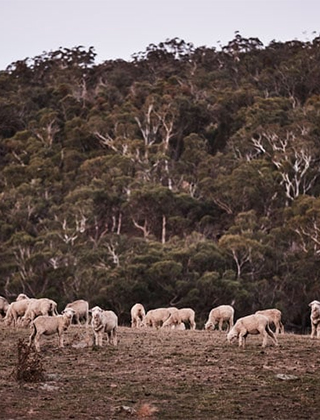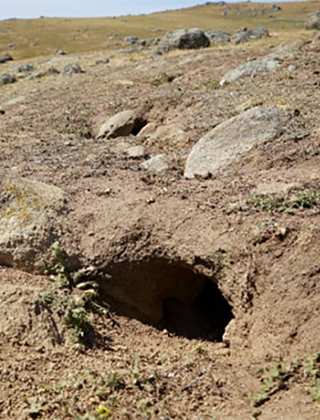Effective long-term rabbit control at Thackaringa
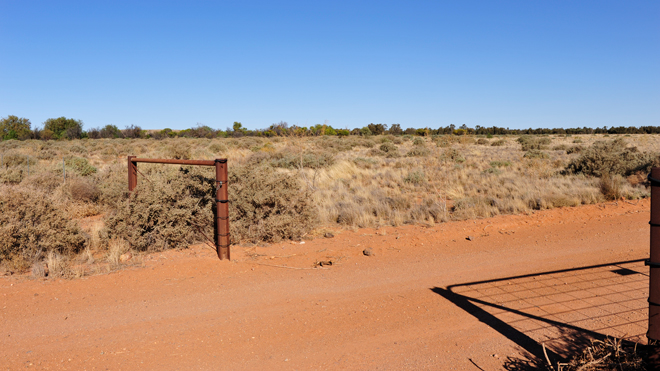
The release of RHD in 1995 and subsequent ripping of rabbit warrens removed virtually all rabbits from woolgrower David Lord’s property in western NSW and provided a huge boost to the feedbase – a situation that continues to this day.
Woolgrower David Lord, who manages the family wool-growing business with his son Hugh on ‘Thackaringa’, 40 kilometres west of Broken Hill, believes that removing rabbits from his property has provided the single biggest gain in feedbase on his country.
“Coupled with genetics, what goes into sheep’s mouths is one of the most important elements in improving flock productivity,” David said.
“My gut feeling is that, in the absence of rabbits, we have increased lamb and ewe body weights, increased lambing percentages, and we are cutting more wool from our lambs and ewes. We have not changed the stocking rate; the only change is the removal of rabbits.”
Complementary rabbit control methods
In November 1995, RHD swept through ‘Thackaringa’, killing an estimated 750,000 rabbits, roughly equivalent to 75,000 DSE of sheep. But David advises farmers to not rely only on biocontrol to combat rabbits. He says other control methods such as warren ripping have a complementary effect.
“RHD and myxomatosis were incredibly successful in this part of the world at knocking-back rabbits, but even at their very-much-reduced numbers they are still insidious – unseen but still dangerous. Rabbits select the best food – the fresh new shoots and plants – and eat it before you even see it. The scientific evidence of damage at low rabbit densities is irrefutable.”
Before an extensive rabbit control program in the early 2000s, there were 28,000 rabbit warrens on the property.
“At ‘Thackaringa’ we took advantage of the opportunity offered to us by RHD, and the availability of some funding under the Natural Heritage Trust, to begin a big effort in 2002 to rip the remaining 22,000 warrens, having started ripping in 1988.”
By March 2003, the Lords had completed ripping all 28,000 warrens on the property.
“Ripping the warrens on ‘Thackaringa’ was a slow and exacting process. Every warren location was logged by GPS and stored on computer before the arrival of the bulldozer in the paddock. We were very fastidious about the ripping. I strongly advise never to rip warrens in the autumn, only do it when the soil is dry and the days are hot.”
Positive results
The results has been incredible, with very few rabbits present during the past 22 years, and a consequent regeneration of pasture.
“We are seeing a better balance of vegetation on ‘Thackaringa’, leading to less run off, more infiltration, more pasture, with less woody weeds,” David said.
“While the process of regeneration was recognised after the 1973/74 rainfall event in inland Australia, and was a result of the release of myxomatosis in 1950, the improvement in vegetation has rapidly accelerated since our warren ripping program.”
David says the property is even experiencing a better response to small rains.
“One of the amazing things that has been observed now is how little rain is needed to germinate and support native plants. After rain, we are seeing the true gains of our rabbit control program in both the condition of the pasture and our sheep.”
David also notes that foxes are now rarely seen on the property: “We do see fox tracks so they are still present, but in very low numbers. Feral cats are even more scarce.”
Before and after
Below are two sets of ‘before and after’ photos at ‘Thackaringa’ that show vegetation regeneration due simply to reduction in grazing by rabbits. This illustrates the success that can be achieved when biological and traditional rabbit control work together.
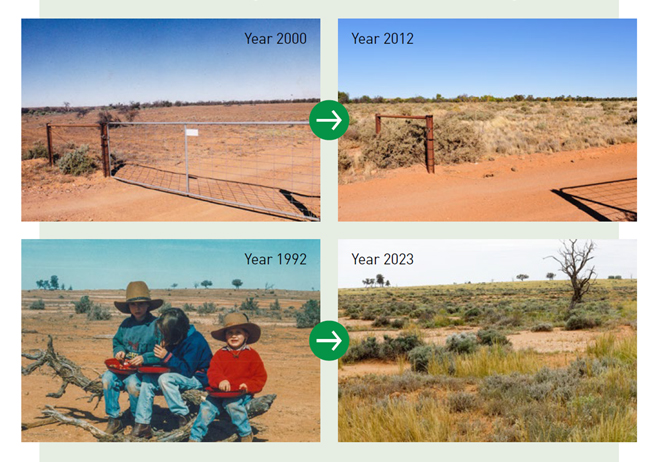
This article appeared in the Autumn 2025 edition of AWI’s Beyond the Bale magazine that was published in March 2025. Reproduction of the article is encouraged.






